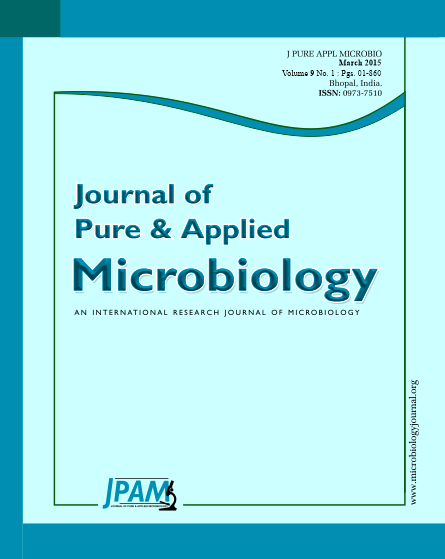Application of phytochemical compounds with dual functional activities against pathogens is a novel strategy to control the disease complexes. Targeting a complex disease of tobacco caused by Meloidogyne incognita and Ralstonia solanacearum, the present study identified four active compounds from stem of a medical plant Daphne acutiloba which with bioactivities against the both pathogens. At a concentration of 25 µg ml-1, daphneone 2 (1), daphneolon (2), daphnodorin A (3) and daphnodorin B (4) displayed nematicidal activities of 40.23-70.6%, and showed antibacterial circle diameters of 4.04-8.09 mm.
Daphne acutiloba, Disease complexes, Phytochemicals, Soilborne pathogens
© The Author(s) 2015. Open Access. This article is distributed under the terms of the Creative Commons Attribution 4.0 International License which permits unrestricted use, sharing, distribution, and reproduction in any medium, provided you give appropriate credit to the original author(s) and the source, provide a link to the Creative Commons license, and indicate if changes were made.


